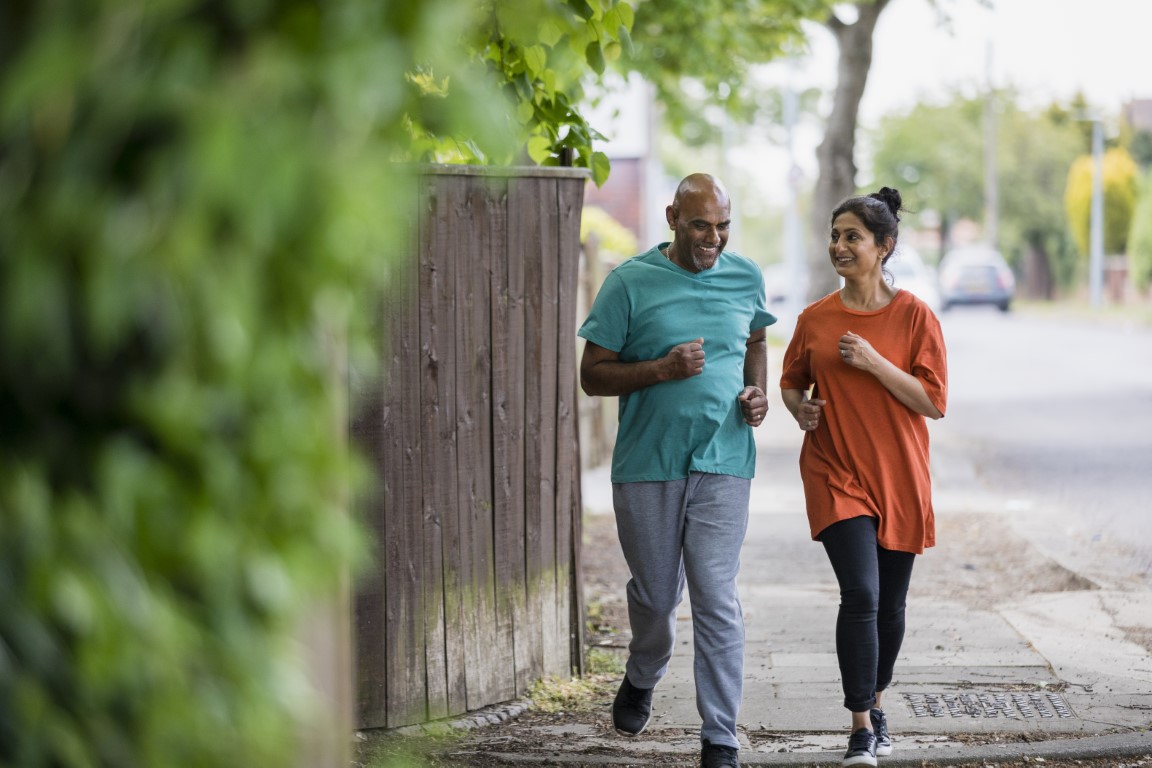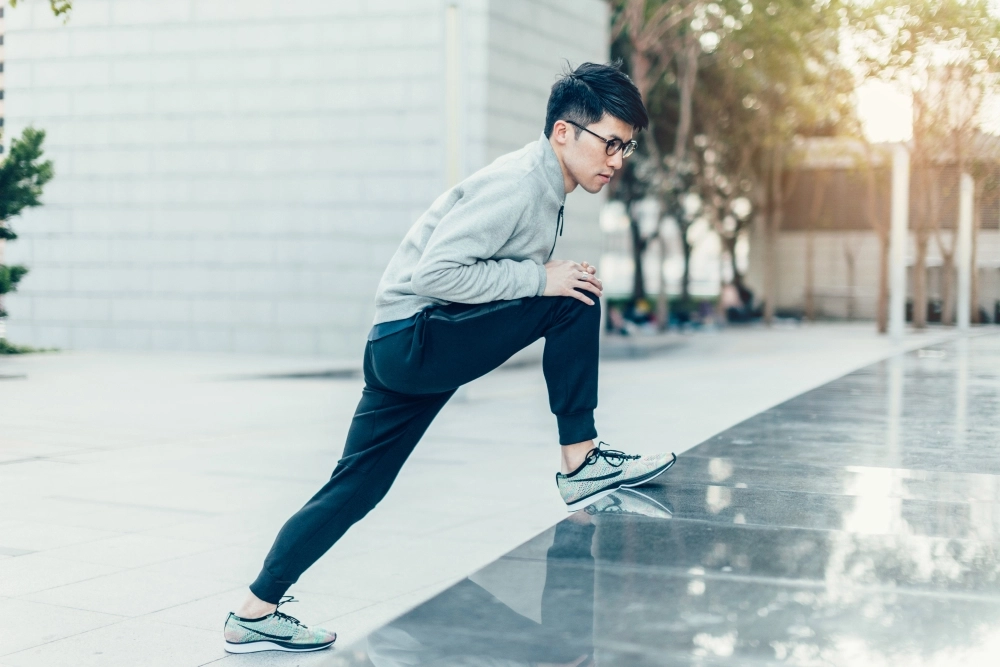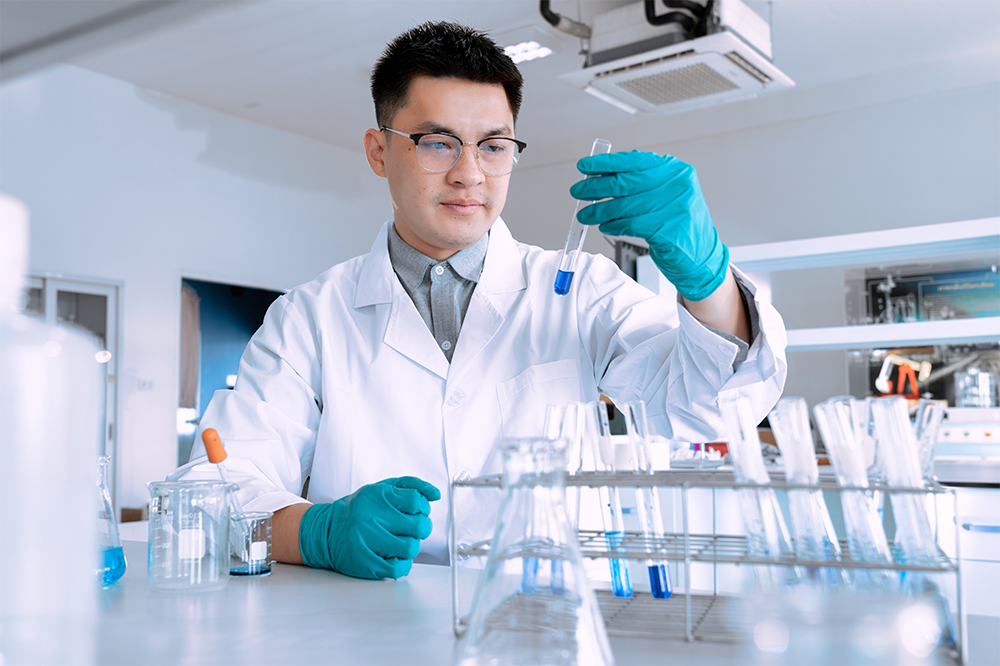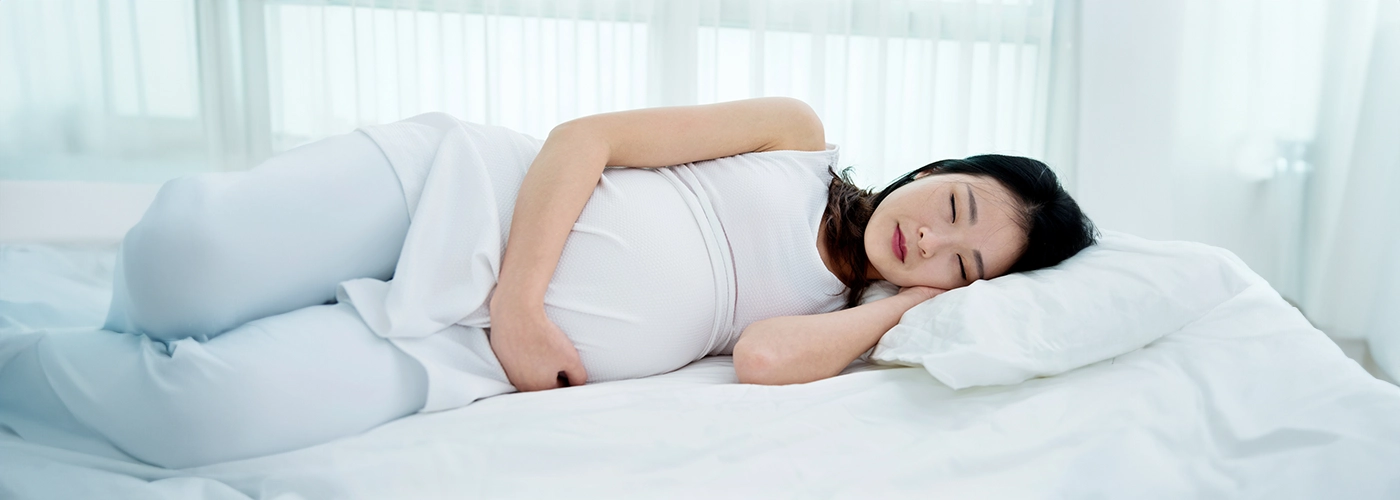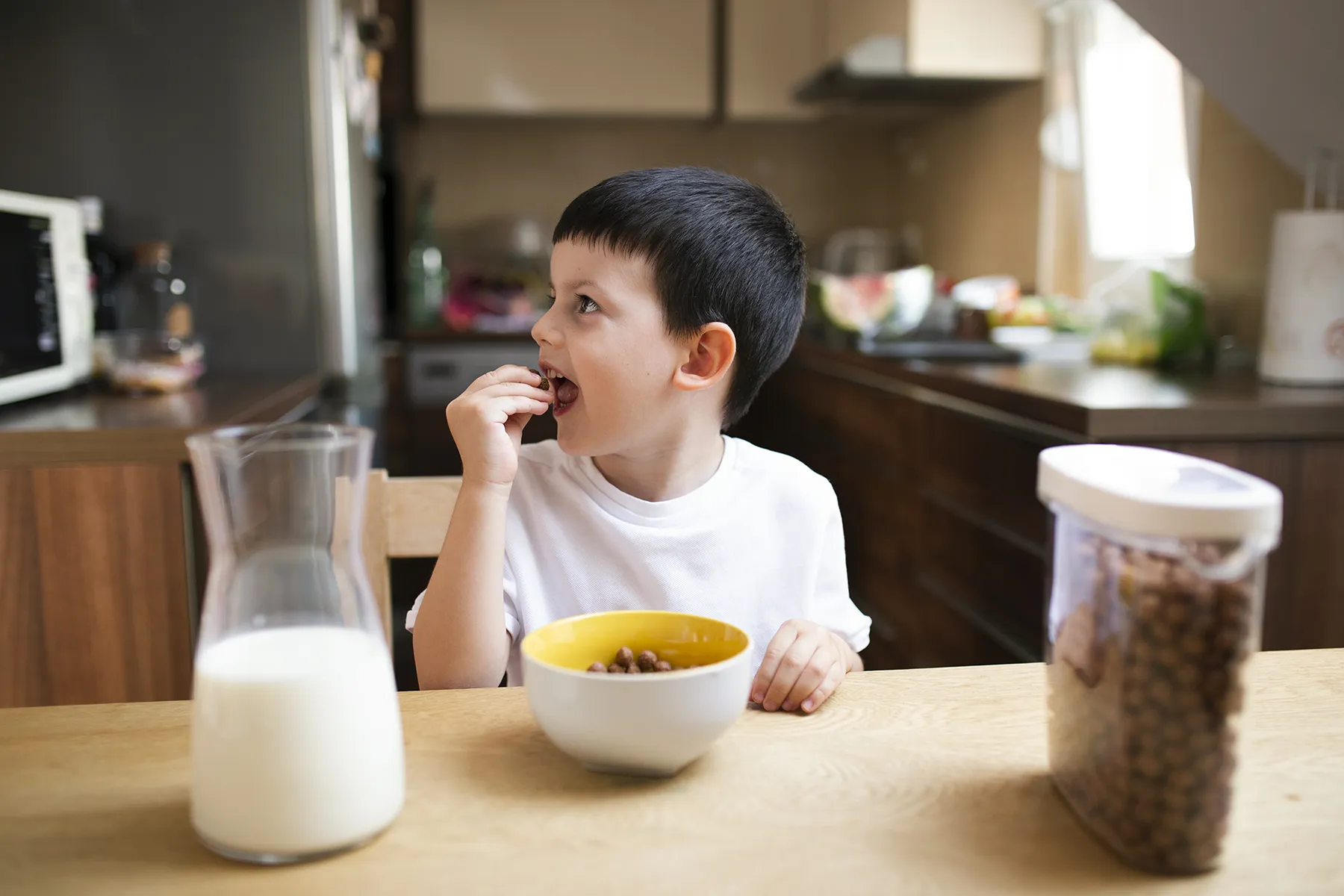Topics
Healthy bones are not solid. Our bones are made up of honeycomb structure with microscopic holes that keep them springy and light.
Imagine the bones as a sponge with tiny holes; the more space it has, the less dense it is. Bone density is important as we age because porous bones (less dense) are more prone to fractures.
There are several factors which affect bone density. A diet containing insufficient nutrients and a sedentary lifestyle contribute to low-density bones. Additionally, aging makes one more susceptible to osteoporosis-related fractures.
Bone density measuring test
Bone density can be measure by using the dual-energy x-ray absorptiometry (DEXA) scan, also known as a bone density scan. It uses low-intensity X-ray beams to measure calcium and other minerals in one’s bones.
A bone density scan is a simple and painless procedure. You will be required to lie on your back on an X-ray table for an area of your body to be scanned.
Depending on the area being scanned, you may be permitted to keep your clothes on. However, you will need to remove anything with a metal clasp, snap, or button.
The scan involves a large scanning arm passed over your body to evaluate bone density. During the procedure, a narrow beam of low-dose X-rays will be passed through the part of the body that is being scanned.
Typically, the duration of the scan is between 10 and 20 minutes. After completion, you will be able to return home.
The results are often expressed as Z-score and T-score. Among these two, the T-score is typically the more significant. T-scores are usually negative or in the minus range. The lower the T-score for bone density, the higher the risk of fracture.
The T-score of individuals with normal bone density is between +1 and -1.
When to go for a bone density scan
A bone density scan is recommended for the majority of women 65 or older because this age group is at high risk for bone density loss, which can result in fractures.
You may be at risk for bone density loss if you:
- Are underweight
- Have previous history of fractures after age 50
- Have lost at least half an inch of height in the past year
- Are a woman over 65 years old or a man over 70 years old
- Have a family history of osteoporosis
- Sedentary lifestyle and inactive
- Smoke cigarettes
- Consume alcohol excessively
- Lack of calcium and vitamin D
How to increase bone density
Bone health is crucial at all ages and stages. Peak bone mass refers to the maximum size and density of our bones. Although peak bone mass is primarily determined by genetics, lifestyle choices such as exercise and diet can impact whether we attain our maximum bone mass potential.
Here are some ways to improve your bone density naturally.
Nutrition
Calcium is the most important mineral contributing to bone density. It can be found in food such as yoghurt, milk, cheese, tofu, soya beans, nuts, bread, and green leafy vegetables like broccoli and okra.
Vitamin D helps the body to absorb calcium. If you are deficient in vitamin D, you are at a higher risk of developing osteoporosis. The human body produces vitamin D naturally when exposed to sunlight. Good sources of vitamin D include egg yolks and oily fish such as salmon and mackerel.
Maintain a healthy weight
Body weight directly correlates with bone density. Excess weight increases the risk of bone fracture. A balanced diet and practicing a healthy lifestyle will ensure a healthy weight.
Strength training
Weight-bearing physical activities such as dancing, lifting weights, climbing stairs, hiking, jogging, and walking will help enhance bone density. If you are above the age of 40 or have any pre-existing health conditions such as heart disease, diabetes, or obesity, consult your doctor before beginning an exercise routine.
Stop smoking
Certain studies have shown that smoking is linked to several bone diseases, including osteoporosis.
Reduce alcohol consumption
Excessive alcohol consumption is known to develop weak bones later in life.
Book an appointment at Gleneagles Hospitals
Speak to your doctor to know more about bone density scans. The caring and multidisciplinary team of healthcare professionals are available for consultation and to provide the best care.
Get in touch with us to book an appointment with an Orthopaedic specialist at Gleneagles Hospital today.




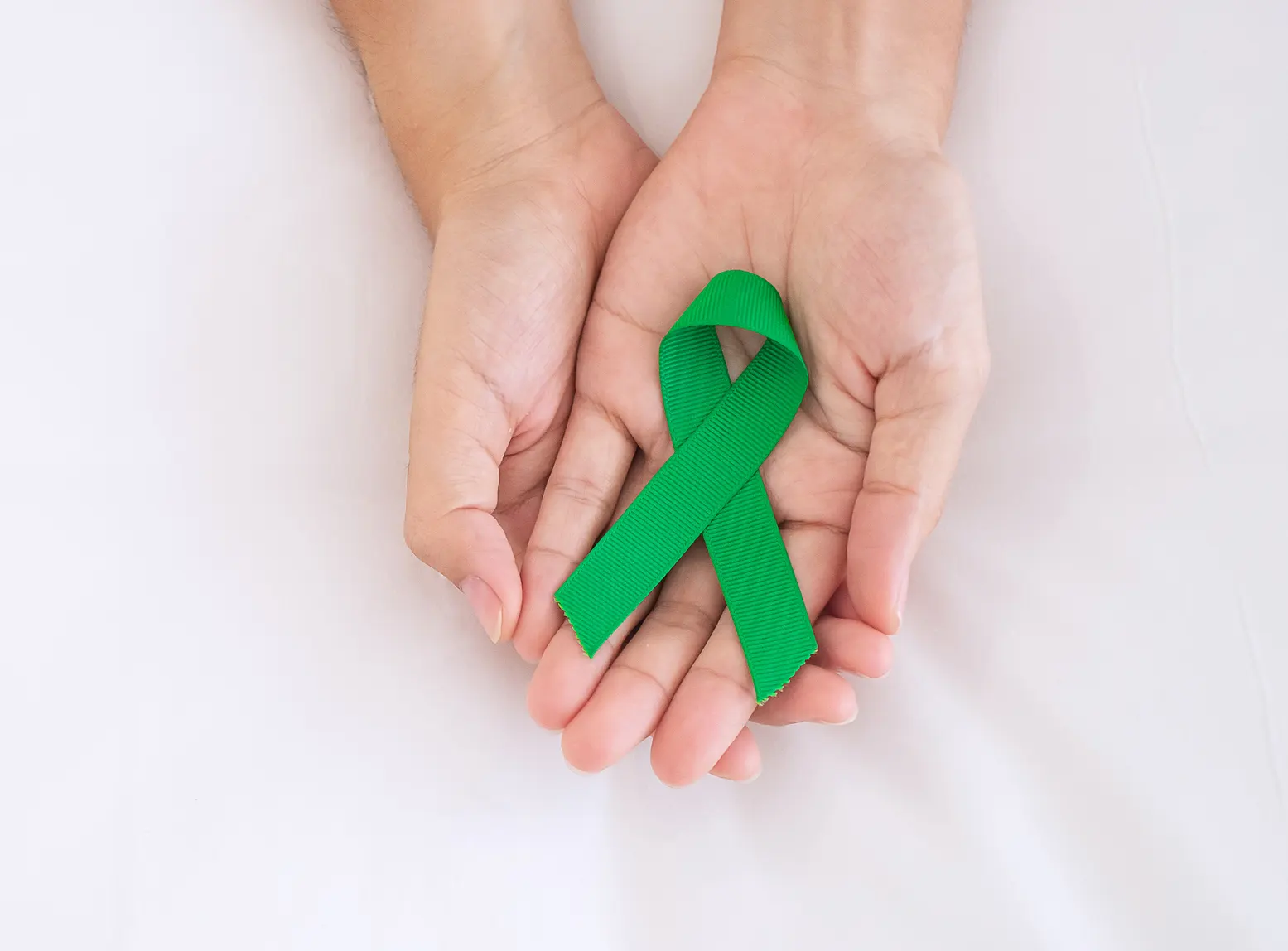
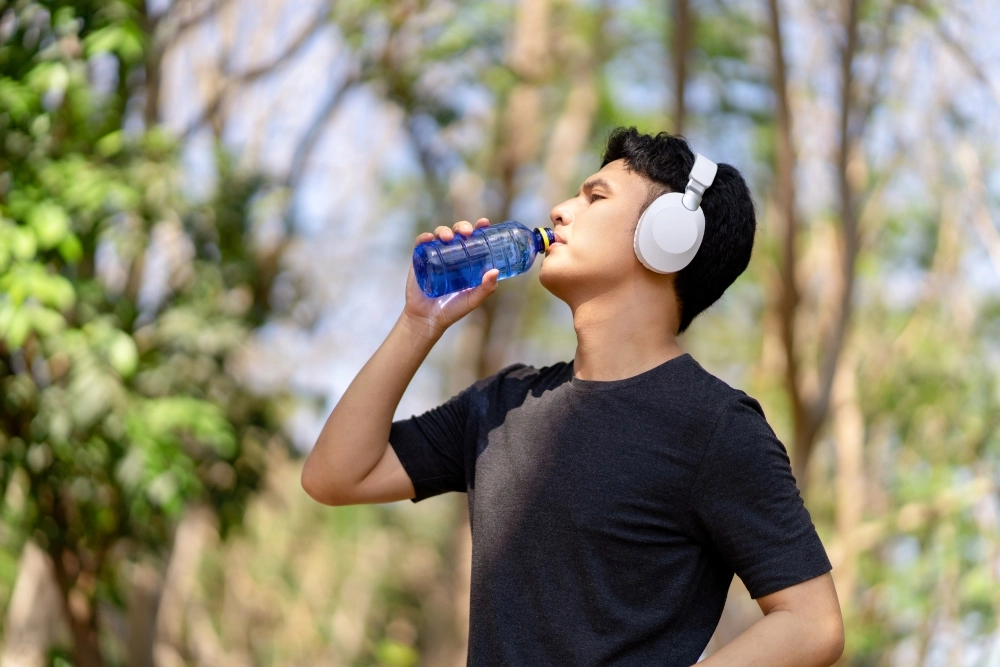
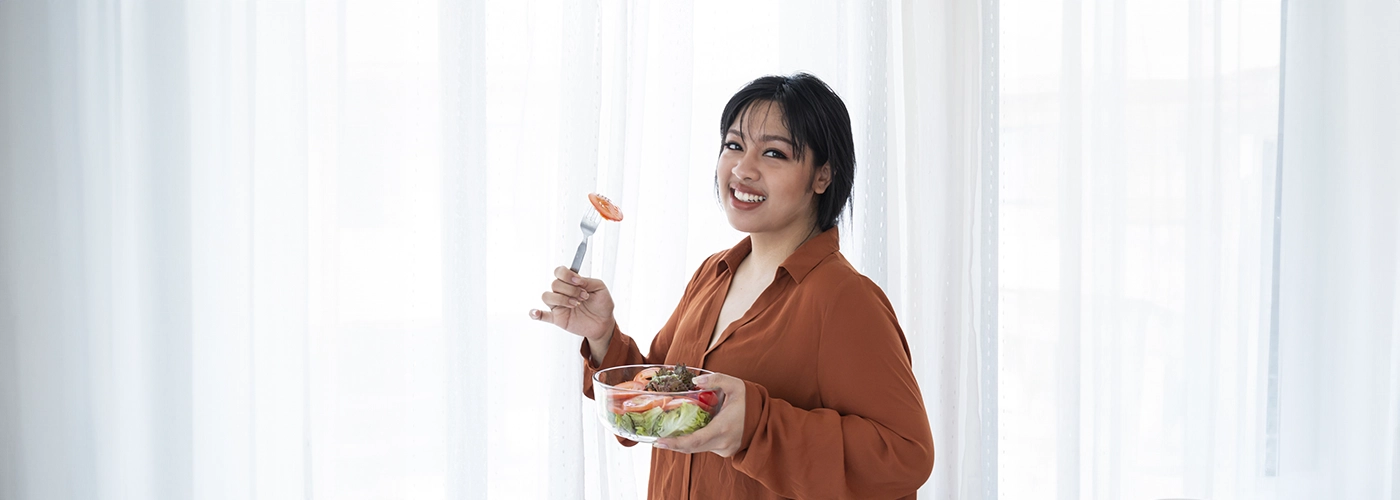

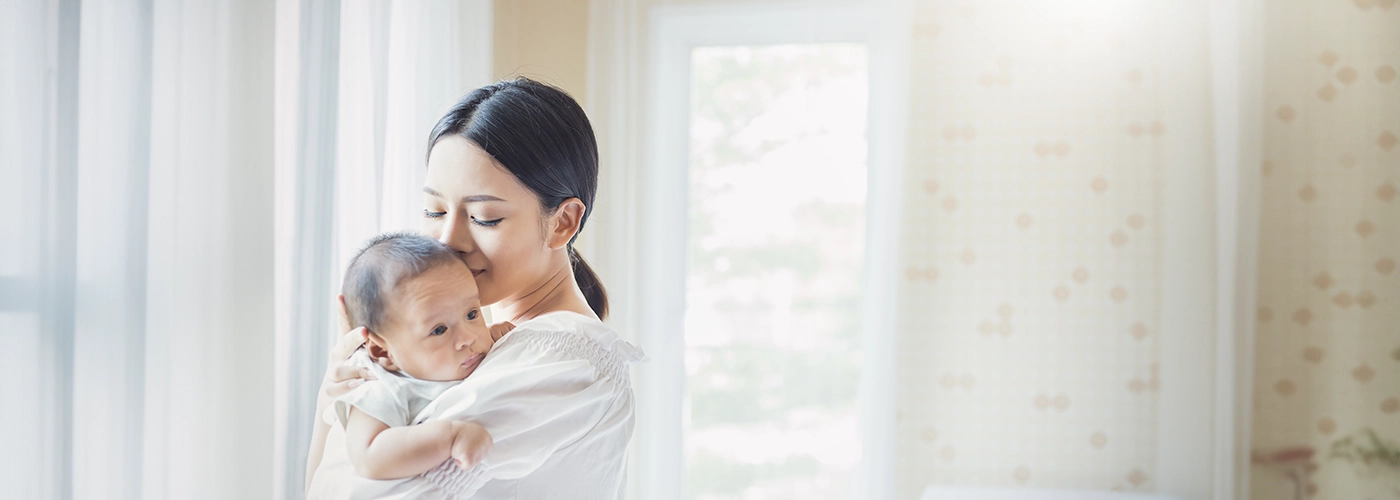
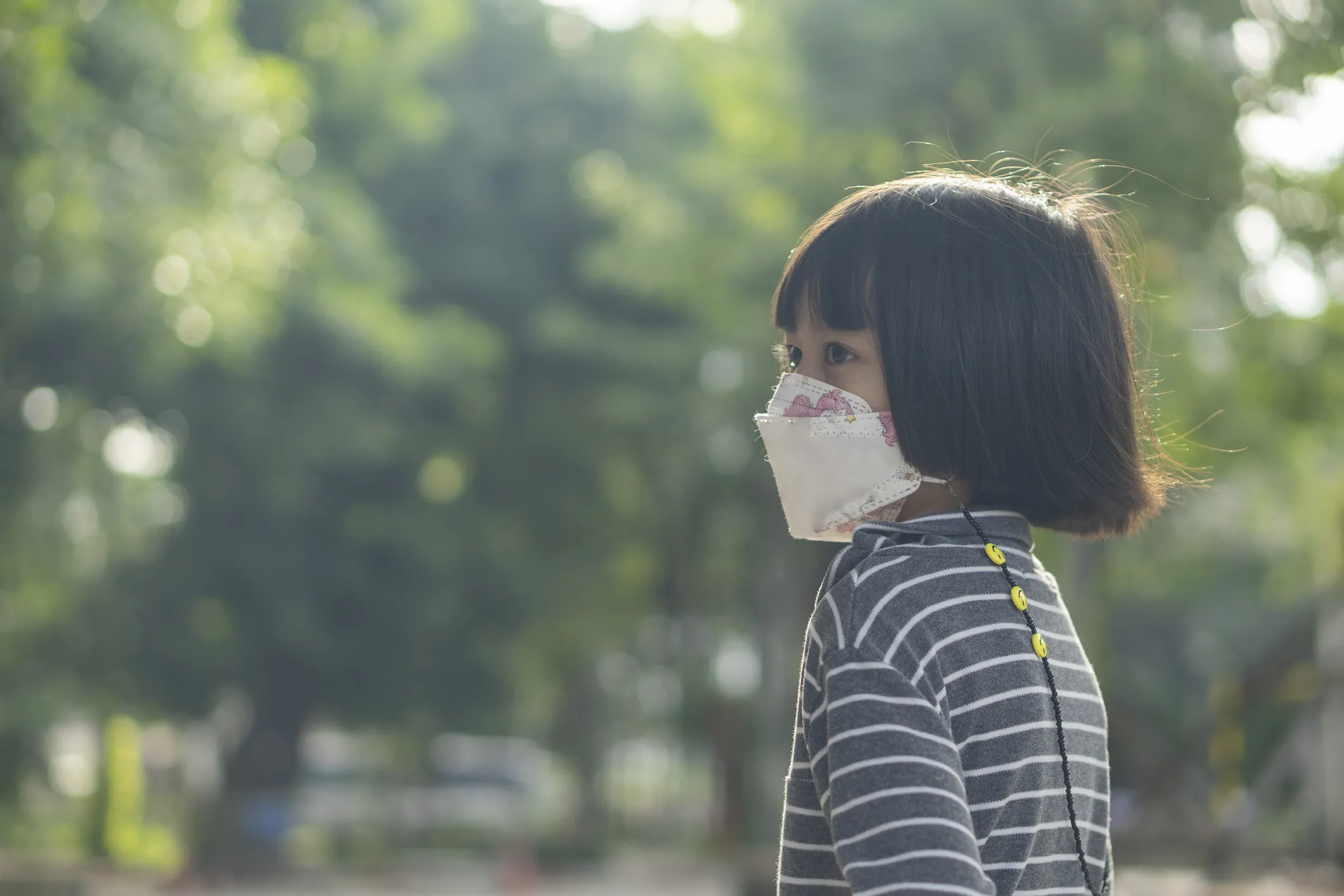



.webp?sfvrsn=a6d32366_7)


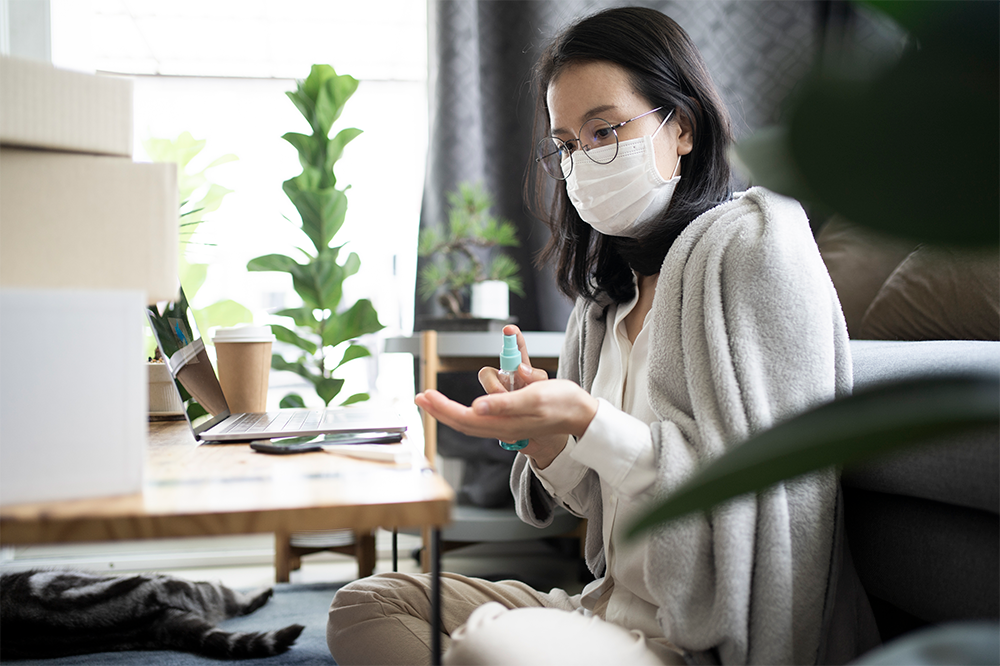


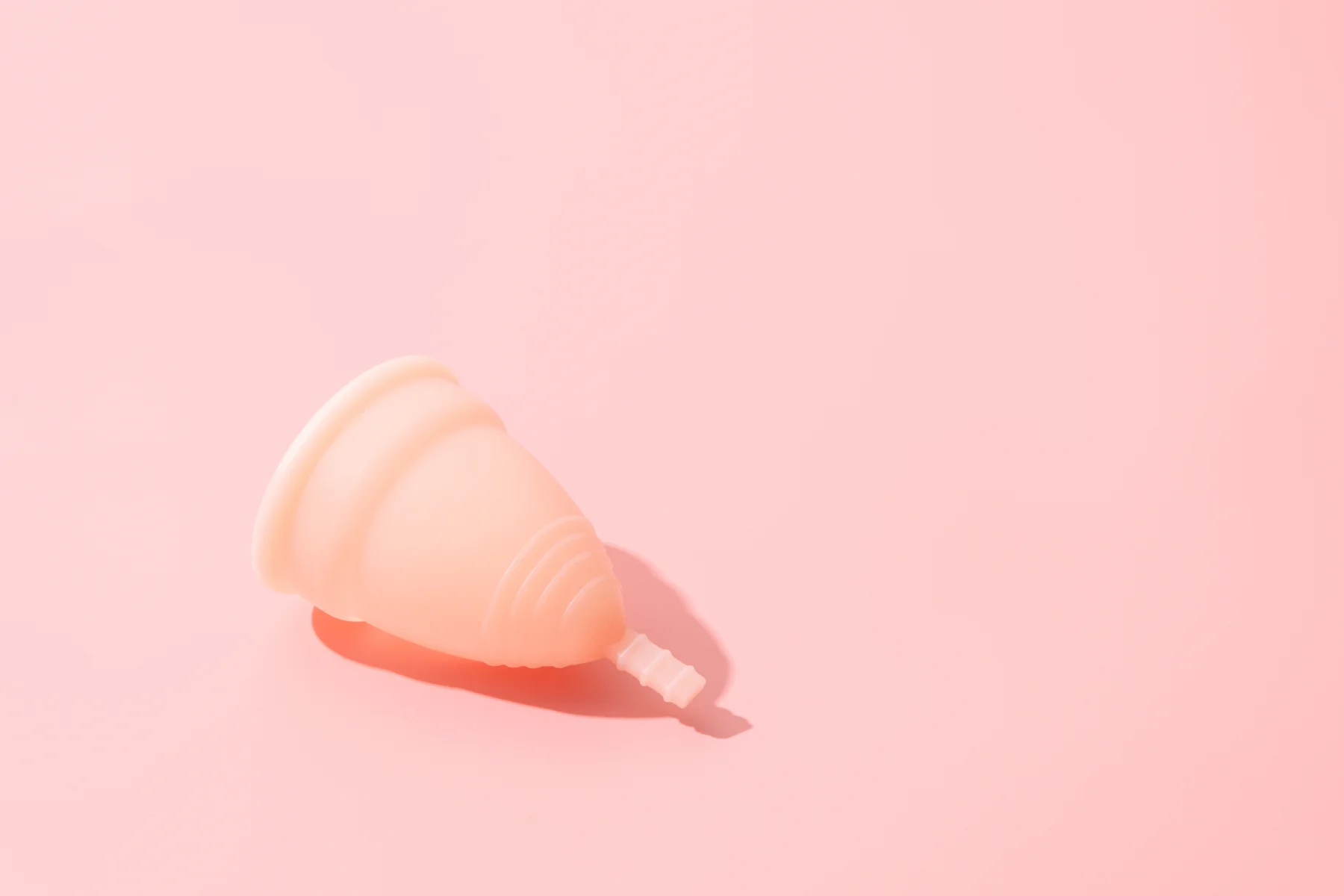

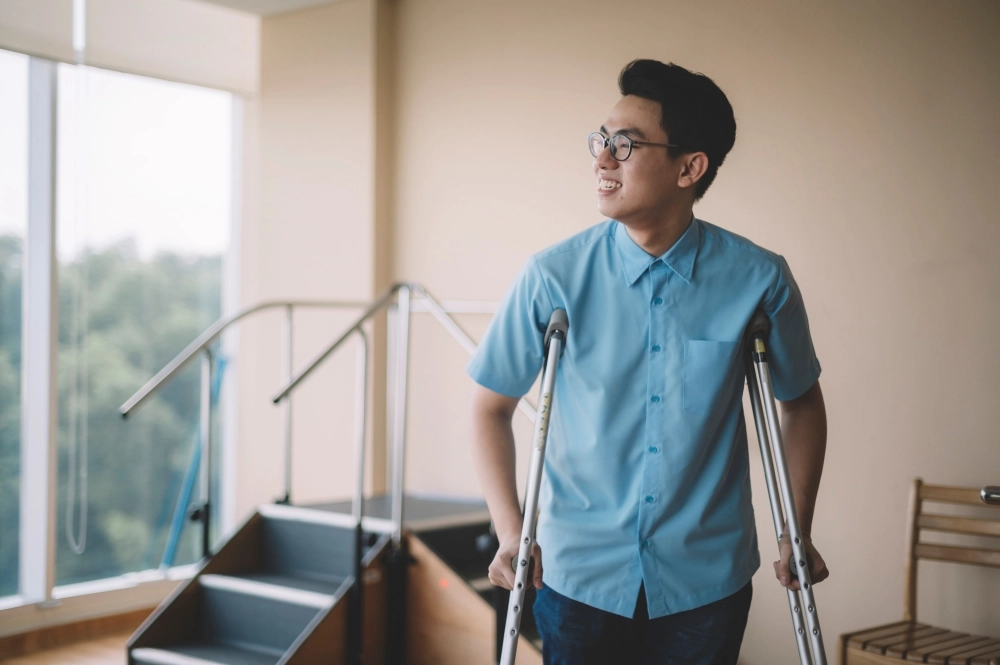


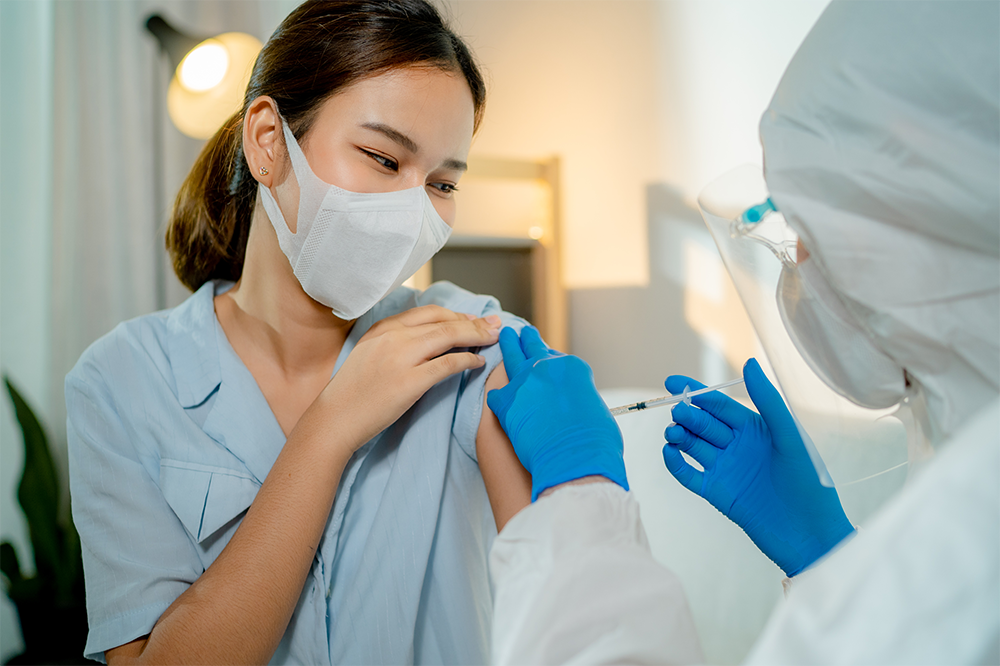





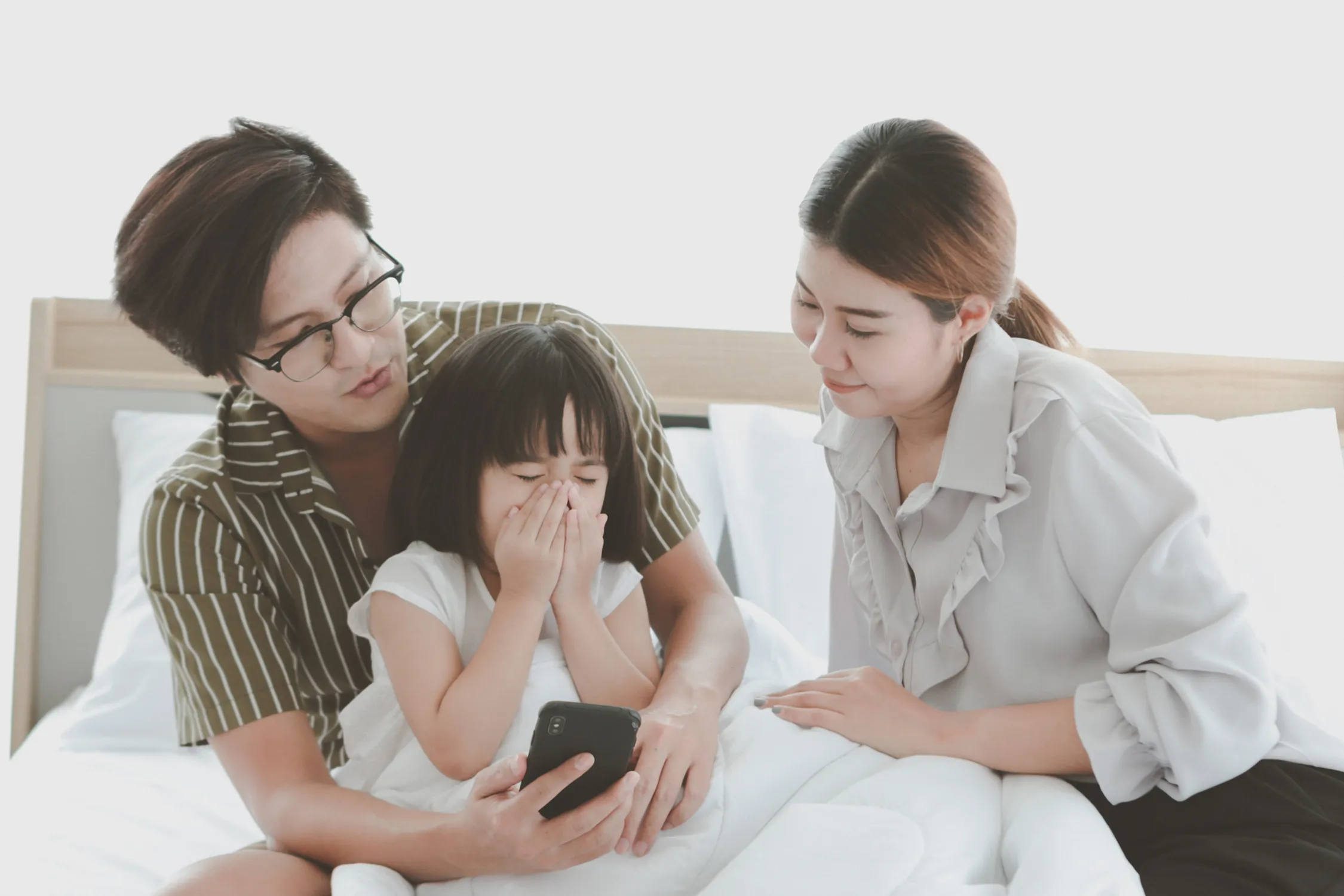







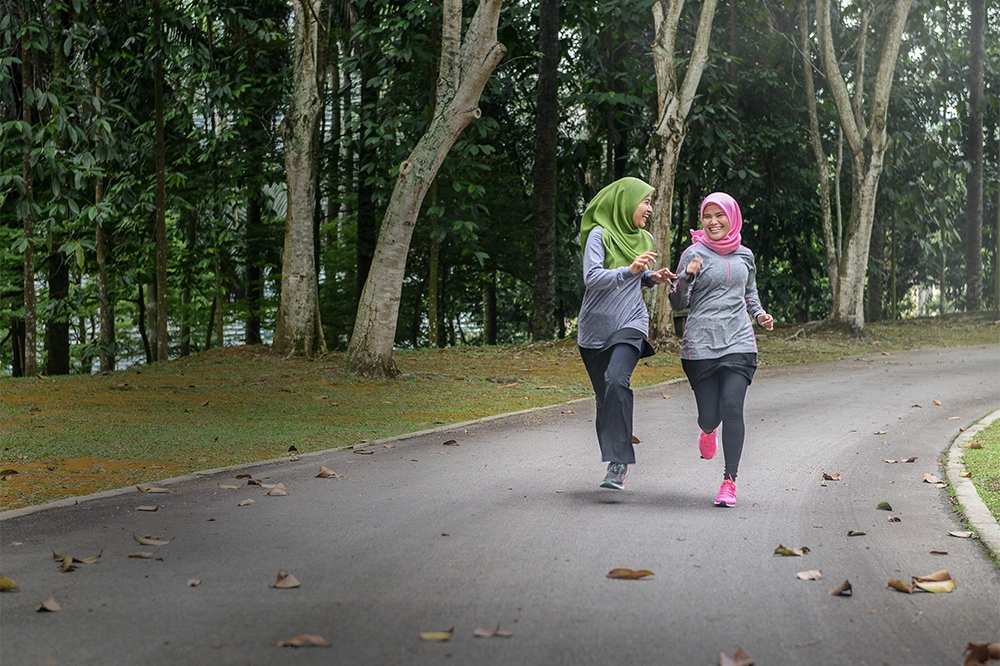









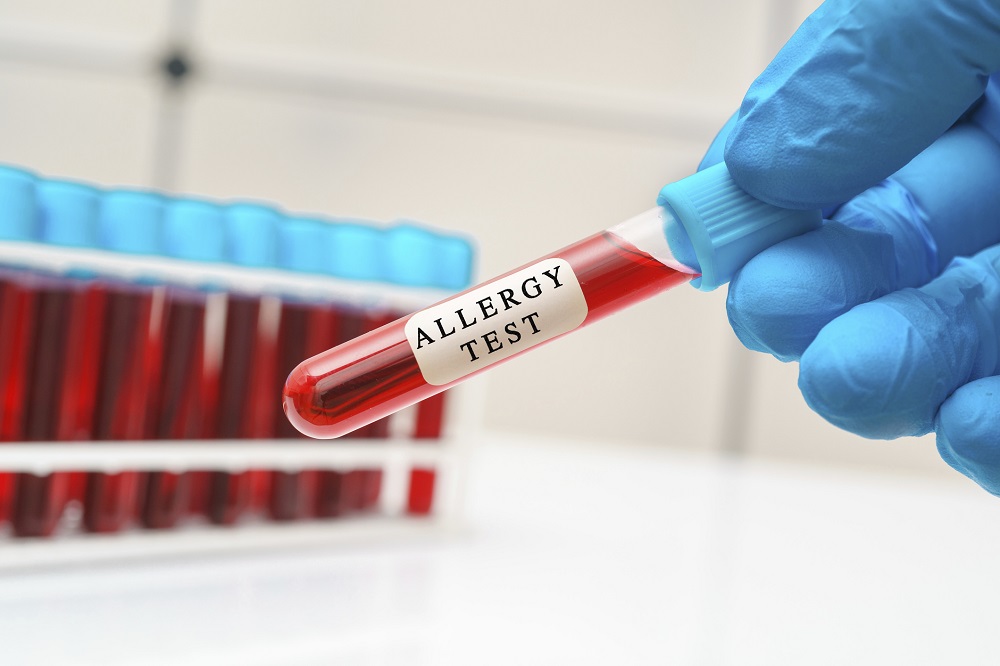
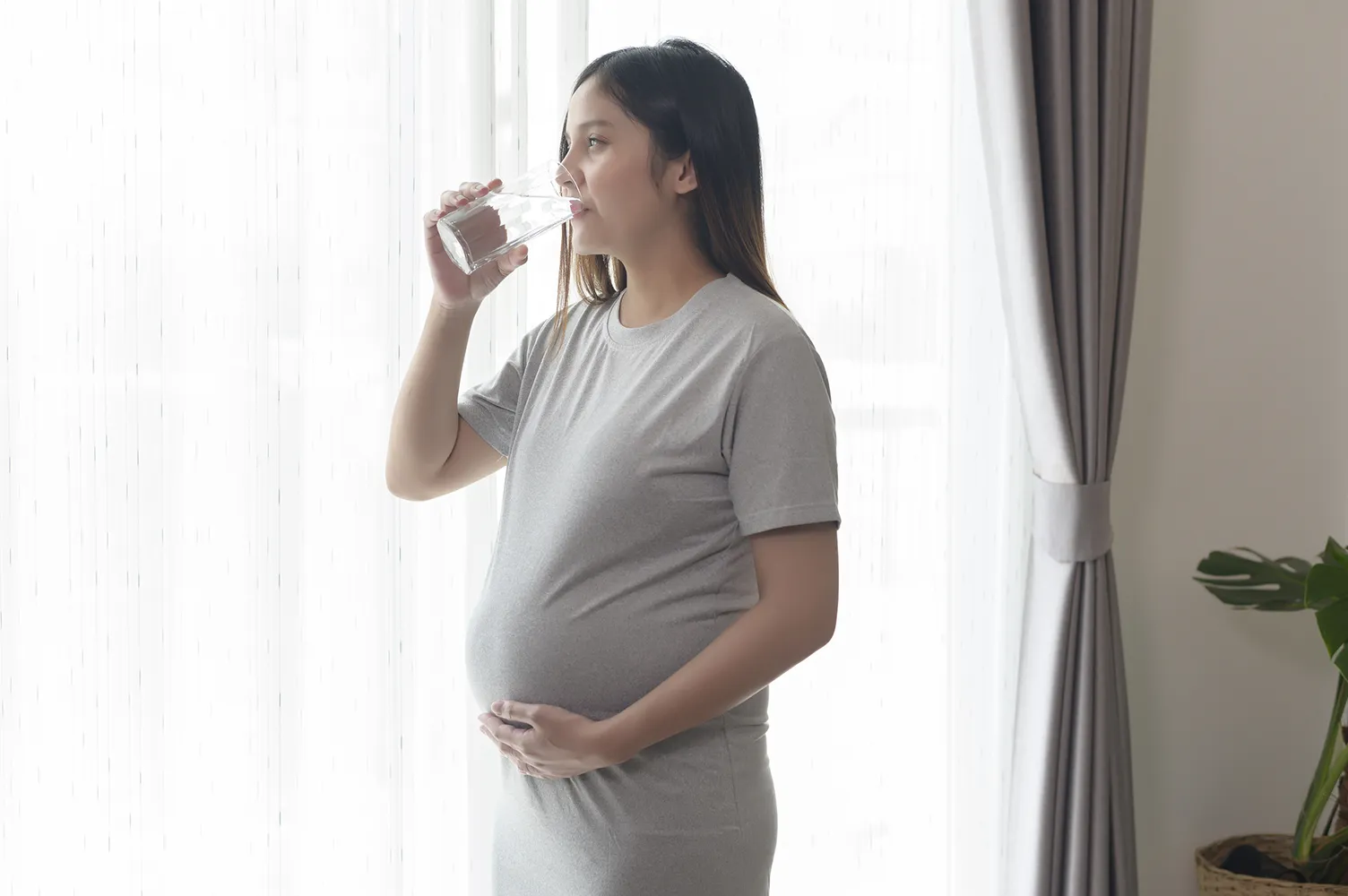




.webp?sfvrsn=91e22b26_8)


